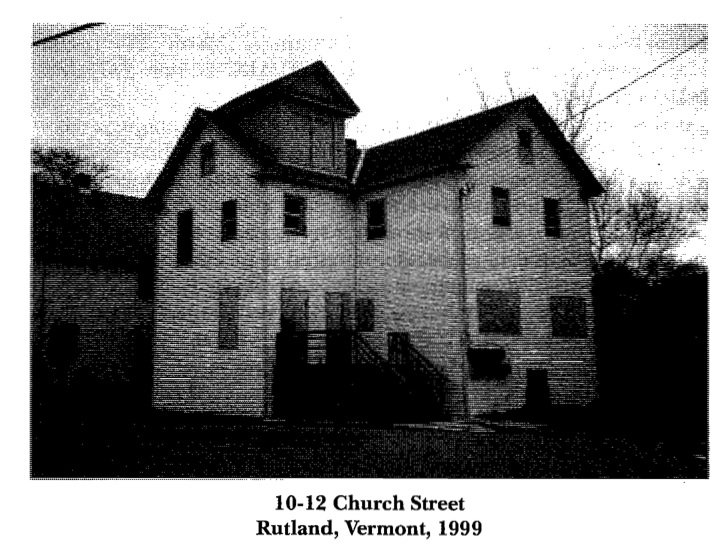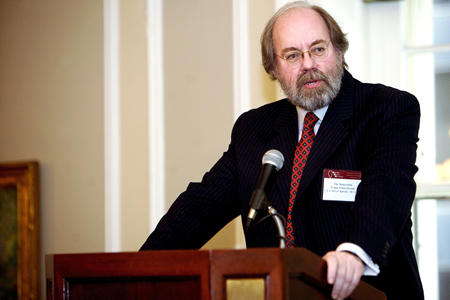One of the more surprising exchanges during oral arguments in U.S. v. Texas came from the usually-demure Chief Justice, who quoted President Obama’s statements that he lacked the authority to take the actions he ultimately took in DAPA.
CHIEF JUSTICE ROBERTS: When he announced when he announced the President announced DACA, the predecessor provision, he said that if you broadened it this is a quote, “Then, essentially, I would be ignoring the law in a way that I think would be very difficult to defend legally.” What was he talking about?
Solicitor General Verrilli answered that at the time President Obama made those statements, he didn’t know he had the authority, but after checking with OLC, said “I’ve got the power!”
GENERAL VERRILLI: And then and then second, the other thing is, you know, maybe he thought he couldn’t extend it at that time to DAPA. But, you know, what happened here is that the President and the Secretary went to the Office of Legal Counsel and asked for an opinion about the scope of their authority to to the scope of this discretionary authority, and they got one. And they exercised it consistently with that and up to the limits of that and no further. And so, you know, I do think whatever the President may have met meant, we went through that process, we came to that conclusion, and we and acted
This account of the relationship between the President and OLC is, well, sanitized. Charlie Savage explains the dynamics in “The Power Wars,” which I excerpted here.
By June 2014, it was clear that Congress would not enact any immigration reform before Obama’s presidency was over. Vowing to do as much as he could to fix the system without Congress, Obama asked for options. His policy-decision process, characteristically, was heavily legalized. In meeting with immigration advocacy groups, Obama would point to Neil Eggleston, his new White House counsel, and tell them, “I’m going to go as far as he says I can.” Eggleston, in turn, conferred with Karl Thompson, the new acting head of the Office of Legal Counsel.
This comports with a November 2014 article in the Times where DHS Secretary Jeh Johnson worked to use “our legal authorities to the fullest extent.” At each juncture, the President told Johnson to keep pushing farther.
In the meantime, Mr. Johnson’s review of the president’s legal authority was supposed to help resolve the issue. But his first attempt in May was a disappointment, White House officials said, because in the president’s view, he did not go far enough. The effort only sought to modify the guidance for immigration agents, and did not provide work permits or directly shield anyone from deportation.
And yet, with Republicans still struggling to move forward, the president’s Democratic allies on Capitol Hill reminded him that even Mr. Johnson’s tepid suggestions would probably derail any hopes for legislation.
Mr. Obama told Mr. Johnson to try again, and then announced that he would delay the results of the review until the end of the summer, hoping to give Mr. Boehner one last chance for action.
Politico offered a similar report:
Obama and Johnson, as well as their staffs, traded draft memos and ideas for months. By one count, they produced more than 60 iterations of the proposals. Johnson’s aides would draft something, then shoot it over to Eggleston and Munoz to examine and return with revisions.
What is true is that the Eggleston did not overrule OLC, which told him that deferred action could not be granted to the parents of DACA beneficiaries. But the picture Verrilli paints is somewhat backwards. Roberts, a former executive branch lawyer, knows exactly how these sorts of things work.
I’ll leave aside for now the charges against the Office of Legal Counsel in recent years, as the President has expressly ignored their advice when it wasn’t what he wanted to hear (See Libya and D.C. Voting Rights).



